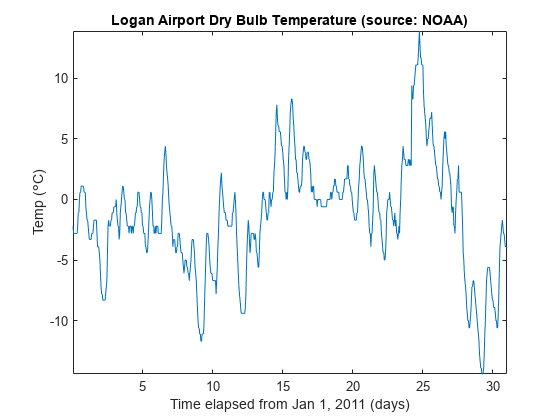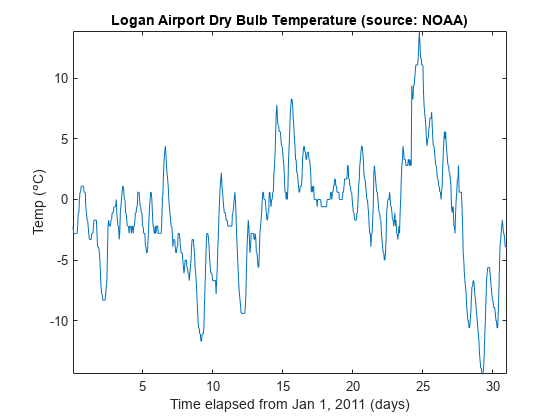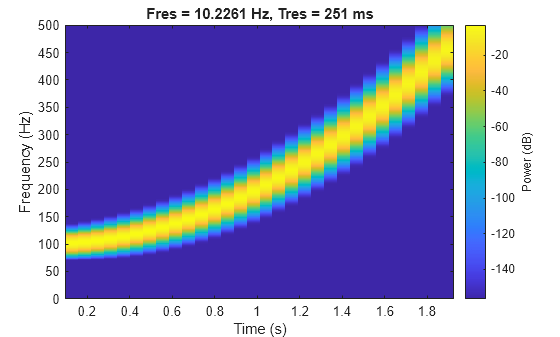extract
Extract time-domain, frequency-domain, or time-frequency-domain features
Since R2021b
Syntax
Description
[
returns a matrix features,info,framelimits] = extract(sFE,x)framelimits whose i-th row contains
the beginning and end limits of the i-th frame. This syntax is valid only
when you set the FeatureFormat property of the feature extractor object
to "matrix".
Examples
Input Arguments
Output Arguments
Version History
Introduced in R2021b



